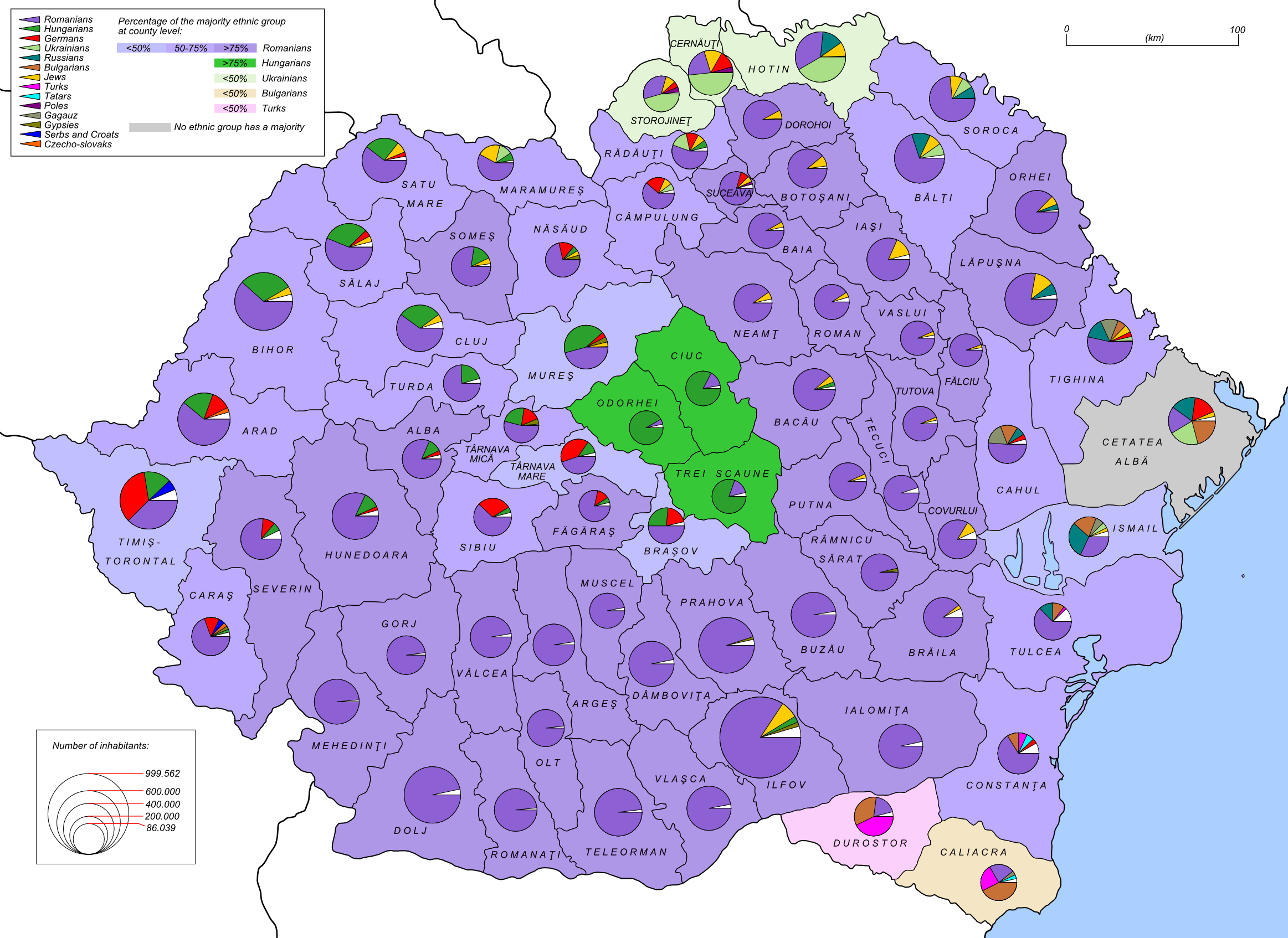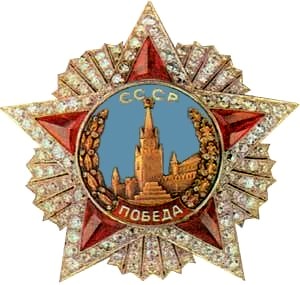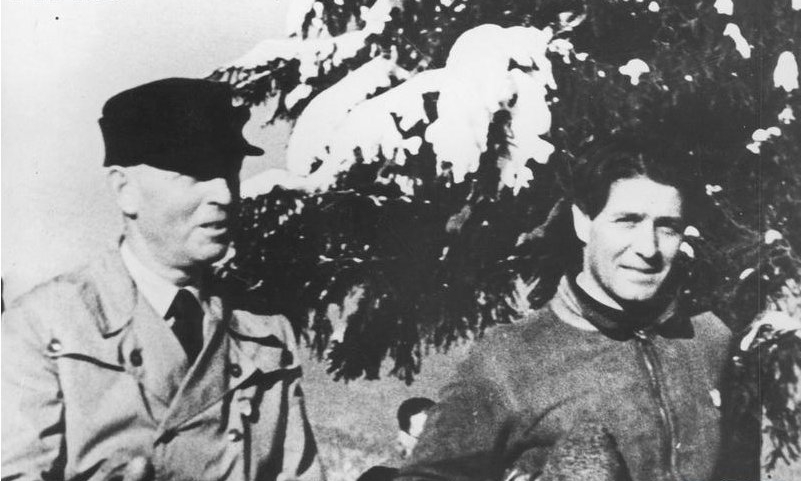|
Ploughmen's Front
The Ploughmen's Front () was a Romanian Left-wing politics, left-wing Agrarianism, agrarian-inspired political organisation of ploughmen, founded at Deva, Romania, Deva in 1933 and led by Petru Groza. At its peak in 1946, the Front had over 1 million members. History Begun in Hunedoara County, it quickly spread into the Banat, and then into the other regions of Romania. Groza, who had been a minister in Alexandru Averescu's People's Party (interwar Romania), People's Party cabinet (1926), aimed to improve the situation of the peasantry (which he believed had been betrayed by the main agrarian group, the National Peasants' Party), calling for a social security program in the countryside and tax reform favourable to small holdings. The group was also Republicanism, republican in ambitions, probably from the moment it was created (before 1940, Groza was recorded to have said "my last king was Decebalus, after whose death I became a republican"). In 1935, the organisation aligned ... [...More Info...] [...Related Items...] OR: [Wikipedia] [Google] [Baidu] |
Petru Groza
Petru Groza (7 December 1884 – 7 January 1958) was a Romanian politician, best known as the first Prime Minister of Romania, Prime Minister of the Romanian Communist Party, Communist Party-dominated government under Soviet Union, Soviet Soviet occupation of Romania, occupation during the early stages of the Socialist Republic of Romania, Communist regime in Romania, and later as the President of the Presidium of the Great National Assembly (Socialist Republic of Romania), Great National Assembly (nominal head of state of Romania) from 1952 until his death in 1958. Groza emerged as a public figure at the end of World War I as a notable member of the Romanian National Party (PNR), preeminent layman of the Romanian Orthodox Church, and then member of the Directory Council of Transylvania. In 1925–26 he served as Minister of State in the cabinet of Mareșal (Romania), Marshal Alexandru Averescu. In 1933, Groza founded a left-wing Agrarianism, Agrarian organization known as the P ... [...More Info...] [...Related Items...] OR: [Wikipedia] [Google] [Baidu] |
Tax Reform
Tax reform is the process of changing the way taxes are collected or managed by the government and is usually undertaken to improve tax administration or to provide economic or social benefits. Tax reform can include reducing the level of taxation of all people by the government, making the tax system more progressive or less progressive, or simplifying the tax system and making the system more understandable or more accountable. Numerous organizations have been set up to reform tax systems worldwide, often with the intent to reform income taxes or value added taxes into something considered more economically liberal. Other reforms propose tax systems that attempt to deal with externalities. Such reforms are sometimes proposed to be revenue-neutral, for example in revenue neutrality of the FairTax, meaning they ought not result in more tax or less being collected. Georgism claims that various forms of land tax can both deal with externalities and improve productivity. ... [...More Info...] [...Related Items...] OR: [Wikipedia] [Google] [Baidu] |
Romania During World War II
The Kingdom of Romania, under the rule of King Carol II of Romania, King Carol II, initially maintained Neutral country, neutrality in World War II. However, fascist political forces, especially the Iron Guard, rose in popularity and power, urging an alliance with Nazi Germany and its Axis powers, allies. As the military fortunes of Romania's two main guarantors of territorial integrity—French Third Republic, France and United Kingdom, Britain—crumbled in the Battle of France, the government of Romania turned to Germany in hopes of a similar guarantee, unaware that Germany, in Molotov–Ribbentrop Pact#Secret protocol, the supplementary protocol to the 1939 Molotov–Ribbentrop Pact, had already granted its blessing to Soviet Union, Soviet claims on Bessarabia, Romanian territory. In the summer of 1940, the USSR Soviet occupation of Bessarabia and Northern Bukovina, occupied Bessarabia and Northern Bukovina, severely weakening Romania and diminishing its international standin ... [...More Info...] [...Related Items...] OR: [Wikipedia] [Google] [Baidu] |
Soviet Occupation Of Romania
The Soviet occupation of Romania refers to the period from 1944 to August 1958, during which the Soviet Union maintained a significant military presence in Socialist Republic of Romania, Romania. The fate of the territories held by Romania after 1918 that were incorporated into the Soviet Union in 1940 is treated separately in the article on Soviet occupation of Bessarabia and Northern Bukovina. During the Eastern Front (World War II), Eastern Front offensive of 1944, the Soviet Army occupied the northwestern part of Moldavia Second Jassy–Kishinev offensive, as a result of armed combat that took place between the months of April and August of that year, while Romania was still an ally of Nazi Germany. The rest of the territory was occupied after Romania changed sides in World War II, as a result of the King Michael's Coup, royal coup launched by King of Romania, King Michael I of Romania, Michael I on August 23, 1944. On that date, the king announced that Romania had unilaterally ... [...More Info...] [...Related Items...] OR: [Wikipedia] [Google] [Baidu] |
Soviet Union
The Union of Soviet Socialist Republics. (USSR), commonly known as the Soviet Union, was a List of former transcontinental countries#Since 1700, transcontinental country that spanned much of Eurasia from 1922 until Dissolution of the Soviet Union, it dissolved in 1991. During its existence, it was the list of countries and dependencies by area, largest country by area, extending across Time in Russia, eleven time zones and sharing Geography of the Soviet Union#Borders and neighbors, borders with twelve countries, and the List of countries and dependencies by population, third-most populous country. An overall successor to the Russian Empire, it was nominally organized as a federal union of Republics of the Soviet Union, national republics, the largest and most populous of which was the Russian SFSR. In practice, Government of the Soviet Union, its government and Economy of the Soviet Union, economy were Soviet-type economic planning, highly centralized. As a one-party state go ... [...More Info...] [...Related Items...] OR: [Wikipedia] [Google] [Baidu] |
Ion Antonescu
Ion Antonescu (; ; – 1 June 1946) was a Romanian military officer and Mareșal (Romania), marshal who presided over two successive Romania during World War II, wartime dictatorships as Prime Minister of Romania, Prime Minister and ''Conducător'' during most of World War II. Having been responsible for facilitating the Holocaust in Romania, he was overthrown in 1944, before being tried for war crimes and executed two years later in 1946. A Romanian Army career officer who made his name during the 1907 Romanian peasants' revolt, 1907 peasants' revolt and the Romania in World War I, World War I Romanian campaign, the antisemitic Antonescu sympathized with Far-right politics, far-right and Fascism, fascist politics. He was a military attaché to France and later Chief of the Romanian General Staff, Chief of the General Staff, briefly serving as Ministry of National Defense (Romania), Defence Minister in the National Christian cabinet of Octavian Goga as well as the subsequent F ... [...More Info...] [...Related Items...] OR: [Wikipedia] [Google] [Baidu] |
Carol II Of Romania
Carol II (4 April 1953) was King of Romania from 8 June 1930, until his forced abdication on 6 September 1940. As the eldest son of King Ferdinand I, he became crown prince upon the death of his grand-uncle, King Carol I, in 1914. He was the first Romanian king to be born in Romania, as both of his predecessors had been born in Germany and came to Romania only as adults. As such, he was the first member of the Hohenzollern family who spoke Romanian as his first language and was also the first to be raised in the Romanian Orthodox faith. Carol's life and reign were surrounded by controversy, such as his desertion from the army during World War I. Another controversy was his marriage to Zizi Lambrino, who was not from a royal lineage. After the dissolution of his first marriage, he met Princess Helen of Greece and Denmark, daughter of King Constantine I of Greece, married her in March 1921, and later that year had a son, Michael. Due to his continued extramarital affair with ... [...More Info...] [...Related Items...] OR: [Wikipedia] [Google] [Baidu] |
King Of Romania
The King of Romania () or King of the Romanians () was the title of the monarch of the Kingdom of Romania from 1881 until 1947, when the Romanian Workers' Party proclaimed the Romanian People's Republic following Michael I's forced abdication. History The state had been internationally recognized as a principality since 1862, after the creation of the United Principalities, a personal union between Moldavia and Wallachia, at that time vassal states of the Ottoman Empire. Alexander I became '' domnitor'' (ruling prince) after the official unification of the two formerly separate states, being elected prince of both states in 1859. He was deposed in 1866 by a broad coalition of the main political parties, after which parliament offered the throne to Prince Karl of Hohenzollern-Sigmaringen who subsequently became the new "Domnitor of Romania" (as Carol I). Romania's independence from the Ottoman Empire was recognized in 1878 by the Treaty of Berlin. In an expression of ful ... [...More Info...] [...Related Items...] OR: [Wikipedia] [Google] [Baidu] |
Authoritarianism
Authoritarianism is a political system characterized by the rejection of political plurality, the use of strong central power to preserve the political ''status quo'', and reductions in democracy, separation of powers, civil liberties, and the rule of law. Authoritarian regimes may be either autocratic or oligarchic and may be based upon the rule of a party or the military. States that have a blurred boundary between democracy and authoritarianism have sometimes been characterized as "hybrid democracies", " hybrid regimes" or "competitive authoritarian" states. The political scientist Juan Linz, in an influential 1964 work, ''An Authoritarian Regime: Spain'', defined authoritarianism as possessing four qualities: # Limited political pluralism, which is achieved with constraints on the legislature, political parties and interest groups. # Political legitimacy based on appeals to emotion and identification of the regime as a necessary evil to combat "easily recognizabl ... [...More Info...] [...Related Items...] OR: [Wikipedia] [Google] [Baidu] |
Scarlat Callimachi (communist Activist)
Scarlat Callimachi or Calimachi (; nicknamed ''Prințul Roșu'', "the Red Prince"; September 20, 1896 – June 2, 1975) was a Romanian journalist, essayist, futurist poet, trade unionist, and communist activist, a member of the Callimachi family of boyar and Phanariote lineage. He is not to be confused with his ancestor, ''hospodar'' Scarlat Callimachi. Biography Born in Bucharest, he lived for part of his childhood at the family manor in Botoșani, where, at age 11, he witnessed first-hand the 1907 peasants' uprisings (which, as he later admitted, contributed to his left-wing sympathies).Chiva & Şchiop; Lăcustă, p.25 As a youth, he read Russian anarchist books, while studying in Paris during World War I, joined anarchist circles.Chiva & Şchiop While travelling through Finland in 1917, Callimachi attended a public meeting at which Vladimir Lenin gave a speech, and consequently adopted Bolshevism. After his return to Romania, Callimachi edited a short-lived magazine ... [...More Info...] [...Related Items...] OR: [Wikipedia] [Google] [Baidu] |
Baia De Criș
Baia de Criș (; ) is a commune in Hunedoara County, Transylvania, Romania, close to the small town of Brad. It is composed of nine villages: Baia de Criș, Baldovin (''Báldovin''), Căraci (''Karács''), Cărăstău (''Karasztó''), Lunca (''Lunka''), Rișca (''Riska''), Rișculița (''Riskulica''), Țebea (''Cebe''), and Văleni. The village of Țebea is where the Revolt of Horea, Cloșca and Crișan started in 1784, and marks the death place and burial site of Avram Iancu. Image:BaiaDeCrisHD_(47).JPG, Franciscan monastery of Baia de Criș, founded in the 14th century Image:Baia_de_Cris_3.jpg, Baia de Criș Image:Baia_de_Cris_4.jpg, Baia de Criș Image:Baia_de_Cris_5.jpg, Baia de Criș Image:Baia_de_Cris_6.jpg, Baia de Criș Image:Baia_de_Cris_8.jpg, Baia de Criș Image:Baia_de_Cris_11.jpg, Baia de Criș File:Tebea 3.jpg, Țebea File:Tebea 4.jpg, Țebea File:Tebea 5.jpg, Țebea File:Tebea 7.jpg, Țebea File:RO HD Caraci 70.jpg, Căraci File:Risca 3.jpg, Rișca File:Risca ... [...More Info...] [...Related Items...] OR: [Wikipedia] [Google] [Baidu] |







